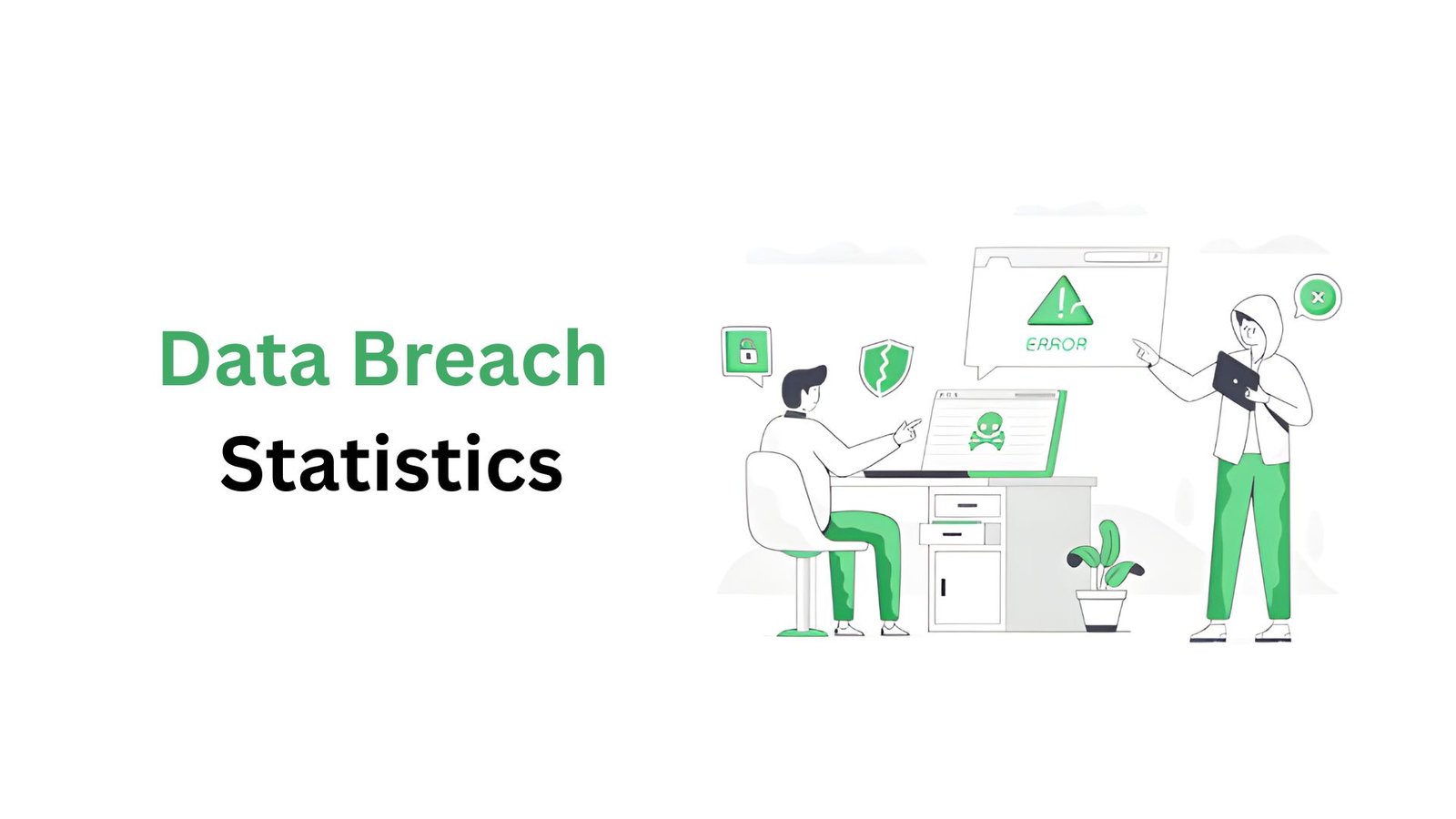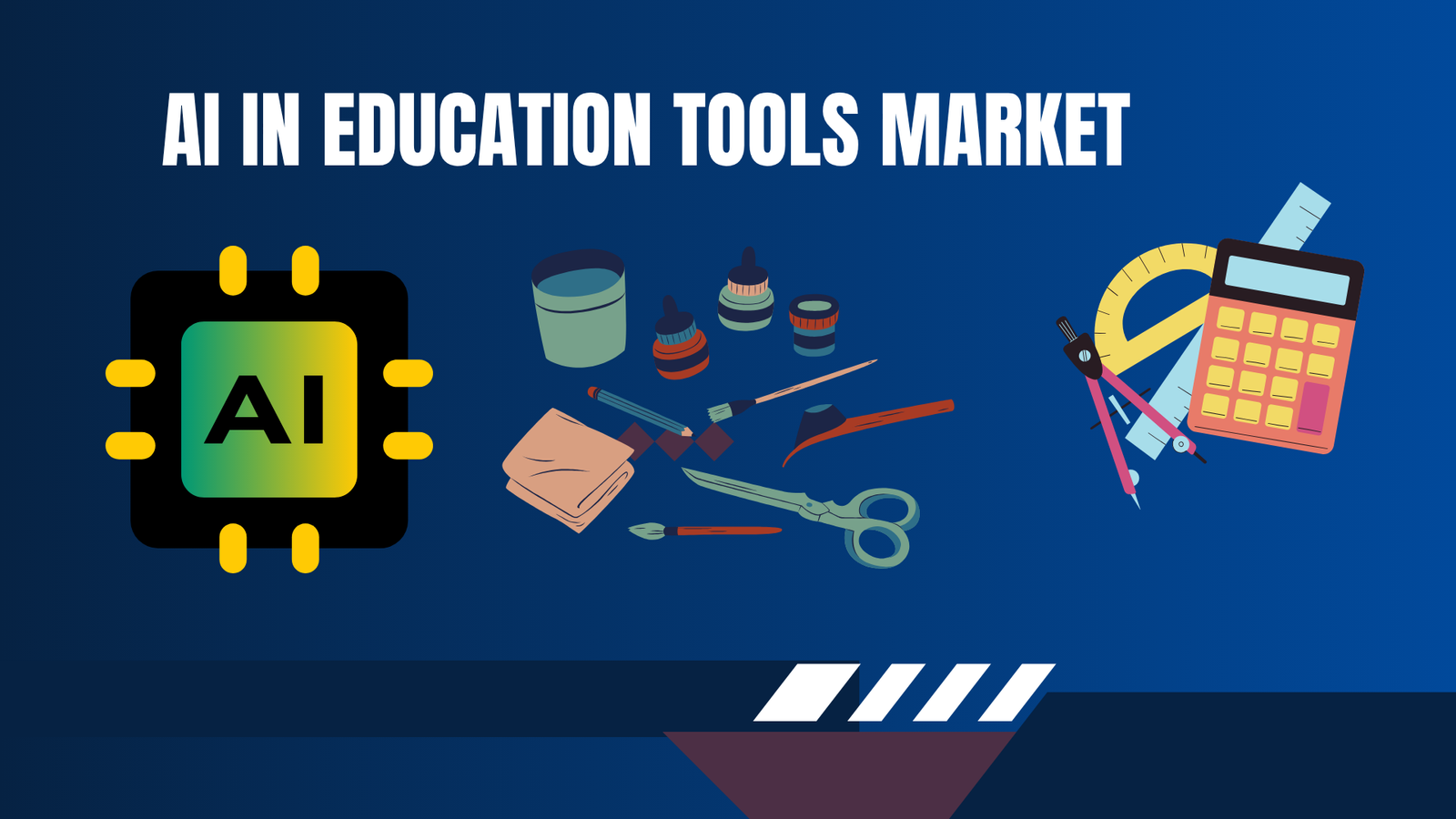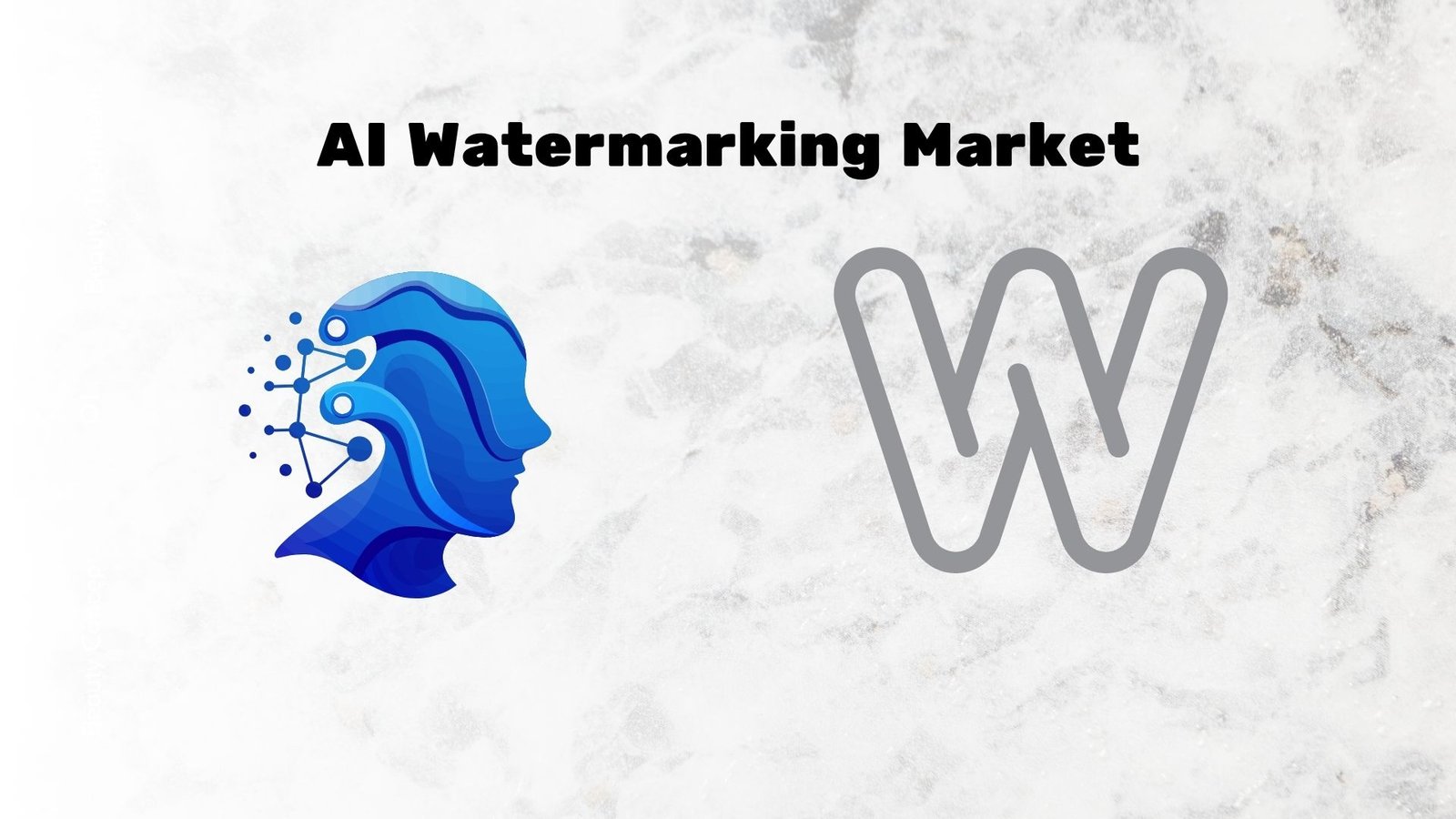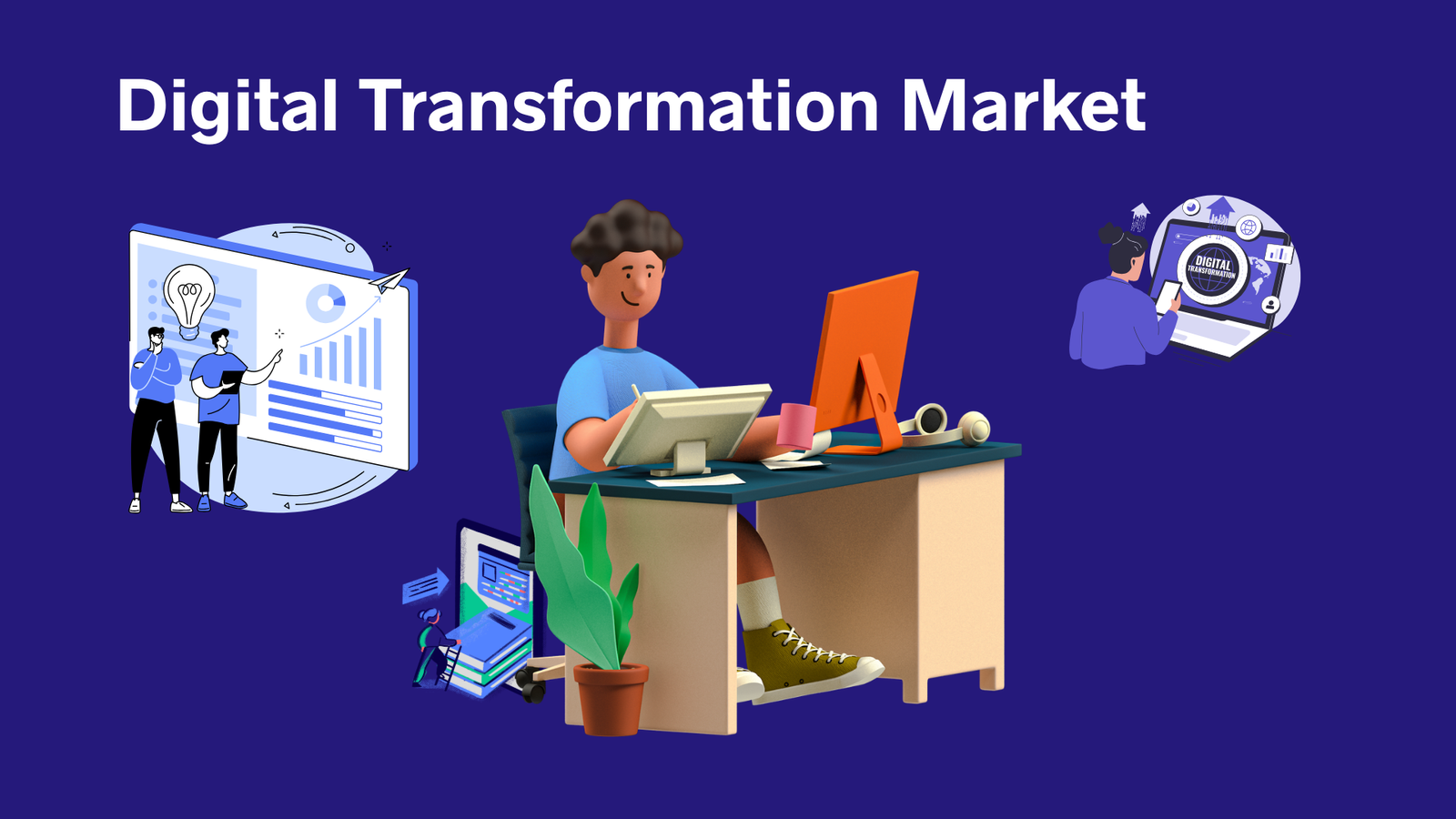Agentic AI Market to Reach USD 196.6 billion by 2034
Updated · Aug 25, 2025
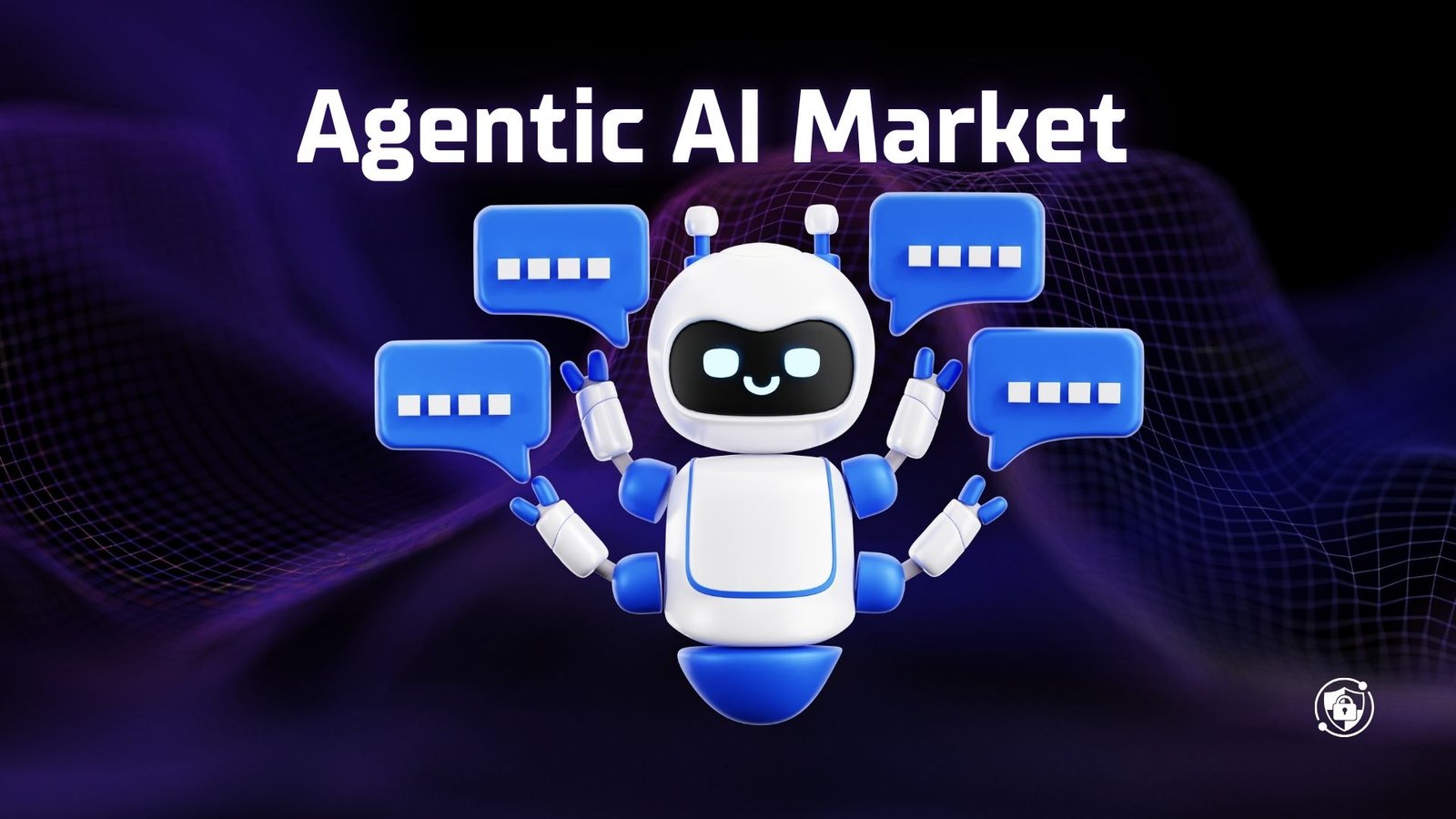
WHAT WE HAVE ON THIS PAGE
Agentic AI Market Size
According to Market.us, The Global Agentic AI Market is set for extraordinary expansion, with its value expected to rise from USD 5.2 billion in 2024 to nearly USD 196.6 billion by 2034. This trajectory represents an exceptional CAGR of 43.8% during 2025 to 2034, reflecting the transformative role of autonomous and decision-making AI systems across industries. The surge is being fueled by increasing adoption of AI agents in enterprise automation, financial services, healthcare, and customer engagement, where demand for intelligent, context-aware, and self-improving solutions is accelerating at scale.
The Agentic AI Market refers to the sector focused on the development and deployment of autonomous AI systems capable of independently reasoning, planning, and acting towards specific goals with minimal human intervention. These systems are distinct from traditional AI by their ability to interact dynamically with environments, continuously learn, optimize workflows, and coordinate actions across multiple agents. Agentic AI is redefining enterprise automation by embedding real-time decision-making, contextual awareness, and outcome-driven autonomy directly into core business processes.

The adoption of agentic AI is accelerating at a pace that marks a clear shift in enterprise automation strategies. Based on data from DigitalDefynd, more than 60% of new enterprise AI deployments in 2025 are expected to integrate agentic capabilities. This trend signals a movement away from static models toward autonomous, goal-driven systems capable of handling multi-layered and adaptive workflows. Between 2023 and 2025, the use of AutoGPT and agentic frameworks increased by 920% across developer repositories, underscoring strong momentum among engineers seeking scalable automation tools.
Agentic AI has already demonstrated remarkable efficiency gains in practical applications. These systems are capable of reducing human task time by up to 86% in multi-step workflows. By 2025, nearly 45% of Fortune 500 companies are piloting agentic systems, reflecting growing trust in self-directed AI agents for enterprise use. Compared to traditional LLMs, agentic frameworks can perform up to 12 times more complex tasks due to their reliance on dynamic feedback loops and autonomous decision-making. This advantage is positioning them as indispensable tools for large-scale digital transformation.
The investment climate surrounding agentic AI further highlights its disruptive potential. Since 2023, more than USD 9.7 billion has been invested in agentic AI startups, with major technology firms leading innovations in this space. Google DeepMind’s SIMA agent has exhibited the ability to learn over 600 skills across 9 different game engines, showcasing adaptability and versatility. Microsoft’s AutoGen framework has been adopted by 40% of Fortune 100 companies for automating IT operations and compliance-related tasks.
Regional Analysis
In 2024, North America held a commanding position in the global market, securing more than 38% share and generating USD 1.97 billion in revenue. The region’s leadership is primarily supported by its strong AI research ecosystem, advanced cloud infrastructure, and the rapid integration of AI across government and enterprise applications. Early adoption in sectors such as retail, defense, and financial services has further consolidated North America’s leading role in the global landscape.

Within this regional dominance, the United States emerged as the key growth hub, with the market size recorded at USD 1.58 billion in 2024, supported by a robust CAGR of 43.6%. The country’s leadership is attributed to heavy investments in generative and autonomous AI technologies, a thriving startup ecosystem, and policy frameworks that encourage AI innovation while addressing ethical and regulatory challenges. This strong U.S. momentum is expected to continue, reinforcing North America’s pivotal role in driving the global Agentic AI revolution.

Driver Factor
Convergence of Large Language Models and Autonomous Tool Orchestration
A key driver propelling the Agentic AI market is the seamless convergence of large language models (LLMs), robotic process automation, and autonomous orchestration tools within enterprise settings. This fusion enables AI systems to move beyond simple task execution by embedding contextual awareness, goal-orientation, and real-time decision-making into digital workflows.
As a result, enterprises experience heightened productivity through automation that can reason, learn, and adapt independently, reducing latency in decision cycles and operational overhead. This technological blend is rapidly accelerating the adoption of agentic AI across sectors such as finance, healthcare, logistics, and professional services, unlocking novel efficiencies and smarter automation outcomes.
Corporations are increasingly integrating these autonomous agents to enhance workflow orchestration, multiphase task management, and dynamic environment interaction. Unlike traditional AI models that require constant human supervision, agentic AI frameworks allow modular and scalable deployment, powered by reinforcement learning and orchestration frameworks.
Restraint Factor
Platform Fragmentation and Lack of Interoperability
One significant restraint holding back full-scale enterprise adoption of Agentic AI is the fragmentation of technology platforms and the lack of interoperability between different AI agent systems. Many deployments today remain isolated, with disconnected toolchains and proprietary runtimes that limit agents’ ability to operate seamlessly across departments or integrated workflows. This fragmentation leads to inefficiencies, forcing enterprises to invest time and resources in custom integration work and increasing technical debt.
Moreover, the absence of standardized orchestration protocols and composable infrastructure creates a barrier to scaling agentic solutions across complex environments. This hurdle is especially pronounced in highly regulated industries such as banking and healthcare, where compliance, auditability, and explainability are essential. As a consequence, while interest in agentic AI continues to grow, many organizations face a lengthy journey before achieving unified, enterprise-wide autonomous intelligence, limiting the market’s near-term expansion potential.
Opportunity Analysis
Emergence of Agent Marketplaces and Domain-Specific Builders
A major opportunity for the Agentic AI market lies in the development of agent marketplaces and domain-specific agent builders. These ecosystems provide enterprises with plug-and-play access to pre-configured, task-focused intelligent agents tailored to industry-specific needs such as financial forecasting, legal summarization, and technical troubleshooting. By lowering the barrier to entry, these platforms empower businesses to deploy autonomous agents faster and with less in-house AI expertise.
Additionally, this agent-as-a-service model offers a new monetization avenue for software vendors by enabling continuous retraining and optimization of agents for evolving enterprise contexts. As marketplaces mature, enterprises across different sizes and sectors can experiment with AI autonomy on demand and customize control over data, governance, and scalability. This opportunity points toward a democratization of agentic AI, driving broad adoption and creating new value in vertical markets that require flexible and adaptive automation capabilities.
Challenge Analysis
Transparency, Explainability, and Skill Shortages
A critical challenge to the widespread use of Agentic AI platforms is their inherent complexity and the resulting lack of transparency in autonomous decision-making processes. Many agentic systems function independently and execute multi-step actions that are difficult for human operators to fully understand or audit. This opacity raises concerns around compliance, trust, and regulatory approval, particularly in sensitive industries like healthcare and finance where explainability is non-negotiable.
Furthermore, organizations face a shortage of skilled professionals who can design, monitor, and refine these autonomous agents effectively. Without adequate expertise, businesses risk underutilizing their AI investments or experiencing unreliable agent performance. This skill gap, combined with governance challenges related to data quality and operational integration, forms a significant barrier. Overcoming these issues will require advancements in user-friendly agent management tools, better transparency frameworks, and concerted workforce development efforts.
Key Market Segments
By Product Type
- Ready-To-Deploy Agents
- Build-Your-Own Agents
By Agent Role
- Customer Service and Virtual Assistants
- Sales and Marketing
- Human Resources
- Legal and Compliance
- Financial Services
- Other Applications
By Agent System
- Single Agent
- Multi Agent
By End User
- Enterprises
- BFSI
- IT & Telecom
- Government & Public Sector
- Healthcare
- Manufacturing
- Media & Entertainment
- Others
- Consumers
Top Key Players in the Market
- Amazon.com Inc.
- Alphabet Inc.
- Microsoft Corporation
- IBM Corporation
- Oracle Corporation
- Salesforce, Inc.
- SAP SE
- ServiceNow, Inc.
- UiPath, Inc.
- Zendesk, Inc.
- Others
Source of Information @ https://market.us/report/agentic-ai-market/

Barry loves technology and enjoys researching different tech topics in detail. He collects important statistics and facts to help others. Barry is especially interested in understanding software and writing content that shows its benefits. In his free time, he likes to try out new healthy recipes, practice yoga, meditate, or take nature walks with his child.



